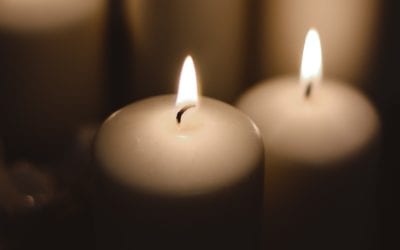Healthcare Workers & COVID covers the mental and physical health impacts of the COVID-19 pandemic on healthcare workers.
Typically, when the term healthcare worker is mentioned the first groups of people that come to mind are nurses, physicians, and others involved in patient care.
However, our healthcare workforce is also comprised of much more than just nurses and physicians, from facility management to healthcare administrators to those involved in patient care.
All of those professionals are necessary to ensure that our hospitals, long-term care facilities, nursing homes, and other healthcare facilities remain the fine-tuned, efficient machines that they are.
Therefore, in our recommendations and documentation, the term healthcare workers (HCWS) refers to ALL persons employed in healthcare settings.
Last updated 10/18/2020 by Mark Nichter PhD, MPH, Joseph Fong, MPH, Collin Catalfamo, MPH

Family Clusters
COVID-19 is most contagious amongst family members and people who share a residence, as evidenced by family clusters[ref]
HCW COVID Infection Rates
Risk of COVID-19 Infection in the healthcare workforce Because of how COVID-19 is spread and the fact that individuals who contract the illness often go to emergency rooms, hospitals, and other healthcare settings, the healthcare workforce is at a greater risk of...
HCW COVID Mortality Rates
One of the hurdles--and the heartbreaks--of tracking the impact of COVID-19 on healthcare workers, is that accurate data on mortalities is hard to come by. These numbers probably represent a fraction of the true global death toll of healthcare workers because of...
HCW of Color & COVID
The pandemic has had a disproportionate impact on healthcare workers of color. 24% of nurses are people of color. But as of Sept 16, 58% of the nurses who have died of COVID & related complications are nurses of color. Health care workers of color are 5 times more...
Nursing Homes: The Deadliest Workplaces in the USA
As COVID-19 has ravaged nursing homes, it has also made working in these facilities the most dangerous job in America. Since the start of the pandemic, facilities have reported 760 COVID-19-related deaths among their staff (as of August 2, 2020). If deaths continue at...
Working Conditions
HCW Worker Safety remains a huge issue. The National Nurses United Union Survey (July 27th) collected responses from more than 21,200 nurses from 50 states plus Washington D.C. and three territories.Reusing single-use PPE is a dangerous practice that can increase...
HCW Mental Wellbeing in the Pandemic
Healthcare worker stress is a huge problem that needs to be addressed or staffing is going to reach a crisis level. First, a definition of terms. Stress and burnout are sometimes used interchangably, but they are distinctly different. Pandemics & HCW The toll of...
HCW Burnout
Burnout is a long-term problem for healthcare workers that has been exacerbated by COVID-19. Burnout: a toxic occupational syndrome The World Health Organization (WHO) describes burnout as one of the results of poorly managed chronic workplace stress that is...
Supporting HCW: What is Needed
Based on international review of existing studies1, these elements are needed to provide support for healthcare workers: Quality, accessible PPE for all HCWs to provide security and reduce likelihood of infection for themselves and their loved ones. Individual...
Healthcare Staffing Crisis
The US faced a critical shortage of healthcare workers before the COVID-19 pandemic, making staff retention even more crucial during the pandemic. Health care workers in the USA Currently, there arephysiciansNursesThese demographics matter given that HCW supply does...










